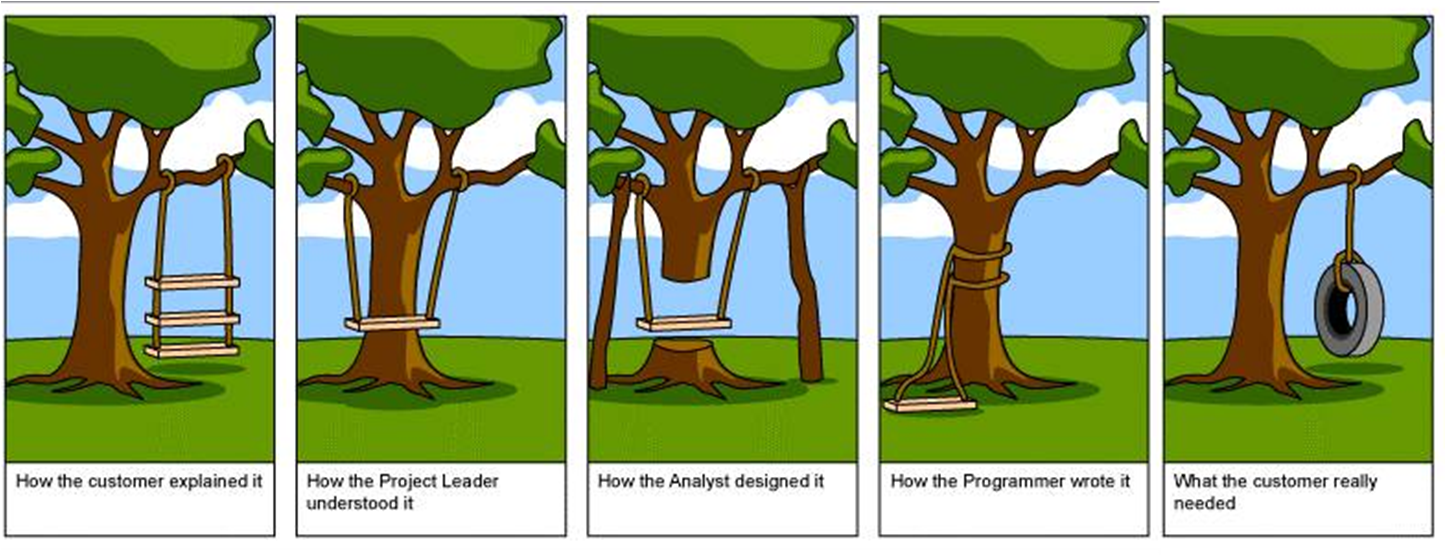Explore Phase#
What happens in the Explore Phase?#
The explore phase involves students investigating a need, want or opportunity to analyse and understand a digital problem and its relationship to existing solutions [QCAA, 2017]

The first step in solving a problem, in having a clear understanding of the problem. This is vital to ensure that the solution solves the actual problem, rather than a different problem. While the client may be able to express their needs or wants, they will not have the technical knowledge to address all the necessary details.
This is you first task. Get a clear understanding of the problem, identify all the technical details and clarify any ambiguities with the client. You should end up with a clear set of requirements that you solution must meet to be successful.
In real life, problems may be presented in the form of a request from someone or may be a personal problem. In industry, problems should be presented in a technical proposal. In either case, you will have a person with whom you can discus the problem and get all the details you need.
In our projects you will be provided with a either a task description or technical proposal. The teacher will act as proxy for the client, answering questions about problem.
To complete the Explore phase of the EDGE problem solving processes we will work through seven steps.
Describe the problem
Determine human needs or wants
Analyse the problem
Select impacts
Identify constraints
Identify requirements
Determine criteria
Tools used to complete the Explore phase:
Mind Maps
Empathy Maps
Personas
Use Case Diagrams
Requirement Tables
Criteria Tables
To explore the problem, students:
describe problems from a user perspective
recognise constraints
use decomposition to dissect problems and existing solutions to similar problems
use abstraction and pattern recognition to identify essential features of elements, components, relationships and structures of problems
analyse problems, solutions and information to make decisions about the reasonableness of information and the structure, availability and accuracy of existing problems and solutions
use systems thinking to identify and understand the relationships between users, solutions and the components of solutions in similar problems
identify and understand possible solution requirements, such as information, skills and tools, by considering elements, components and features, and their relationship to the structure of the problem
use design, systems and computational (decomposition, pattern recognition and abstraction) thinking processes to determine evaluation criteria that are used to appraise and make decisions throughout, and at the end of, the problem-solving process in Digital Solutions. Evaluation criteria are prescribed by the teacher or client (prescribed criteria) or determined by the student (self-determined criteria) and must include criteria to evaluate the personal, social and economic impacts, and quality, appropriateness and effectiveness of the developed component or solution
use design thinking to evaluate ideas that best meet the evaluation criteria. [QCAA, 2017]
Unit 1 subject matter covered:
Appraise information and ideas
Explore existing solutions to similar problems [QCAA, 2017]
